Guided Walking Tour
The Pompeii site extends on a surface of approximately 160 acres. To make the best of your time, Leisure Italy offers qualified guided service. Our guided walking tour is adapted to the interests and walking attitude of the participants.
The following is a suggested itinerary for our private guided walking tour: let us know would there be any special request!
In Pompeii, you will first admire the city walls, dating back to the pre-roman Pompeii (4 centuries BC). One of the best-preserved ancient gates is called Porta Marina. It connected Pompeii with its port, with a path for charts and one for people.
Once in town, you will be walking on the original road made of basalt stone (volcanic rock), and you will notice on the ground hundreds of little white spots made of travertine used to reflect torchlight (nowadays “cat’s eye” on the driving roads).
Your attention will be captured by big blocks of basalt emerging from the road: they were stepping stones used by pedestrians to avoid getting wet when it rained; in fact, differently from other roman towns, Pompeii didn’t have a complete sewer system because the city was build on top of a lava platform too hard to be worked.
The city center is called Forum. It hosts all the buildings with a public function: Religion (the Temple of Apollo, the Capitolium and the Temple of the Emperor), Trade (the meat and fish market called Macellum, the textiles market headed by a priestess named Eumachia), Administration (the Basilica) and Politics (Comitii). Other facilities in the Forum were exchange offices, public restrooms and a public scale (tabula mensurae) where to compare and weigh farmer’s products. In the Forum, you will also see a display of the famous human casts.
Close to the Forum were public Bath-Houses where both men and women (in different sections), poor and wealthy, free persons and slaves could access daily hygiene. Pompeii had three such complexes in town plus two more right outside town, and they all had the following facilities: a changing room (apodyterium), a tepid room (tepidarium), a hot room (calidarium) and a Gym (Palestra).
You will notice several places fronting the road with large vases built in a masonry counter: this is what the Romans called popinae, today’s taverns! These jars were full of food and beverages, and many ancient Pompeians would stop in such places for lunch.
You will recognize some of the Bakeries of Pompeii, with their ovens and grinding machines: incredible but true, some round carbonized loaves of bread were found during the excavations. These are on exhibit at the Archaeological Museum of Naples, together with more carbonized organics such as almonds, pine cones, figs, dates, etc.
Your visit would be incomplete without the red light district: the Brothel (Lupanare) shows an interesting display of roman frescoes featuring several erotic images!
Do not miss the chance to discover Pompeii’s places for public performances: an outdoor Theatre (for comedy and tragedy), an indoor theatre (Odeion, for mimes and declamation of poetry) and a big Amphitheater (for games like gladiators or beast fights). You shall visit at least one of those places.
After the tour at Pompeii, you could stop for a few minutes for a fresh-squeezed orange juice or to browse the souvenir shops if you wish.
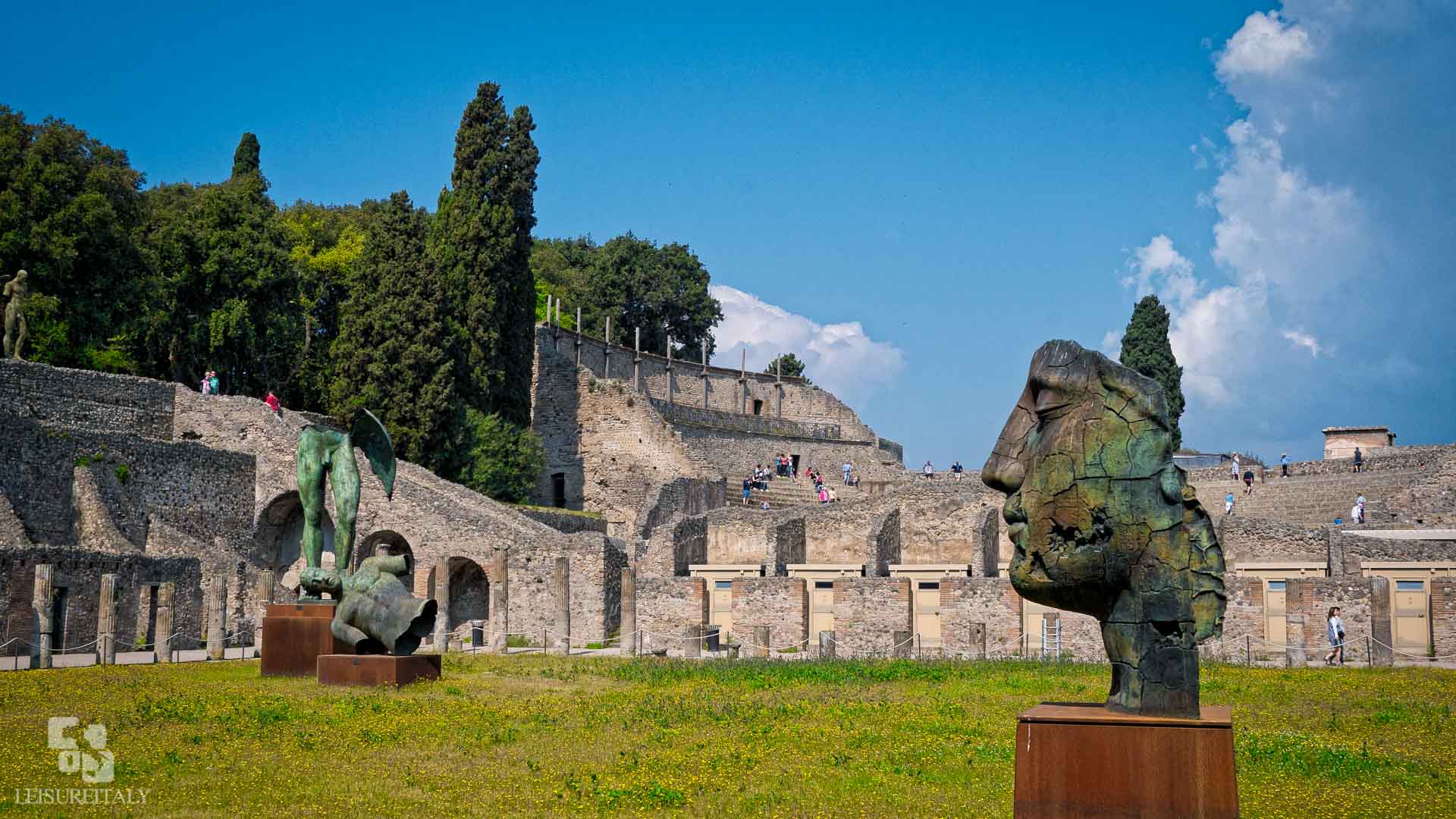
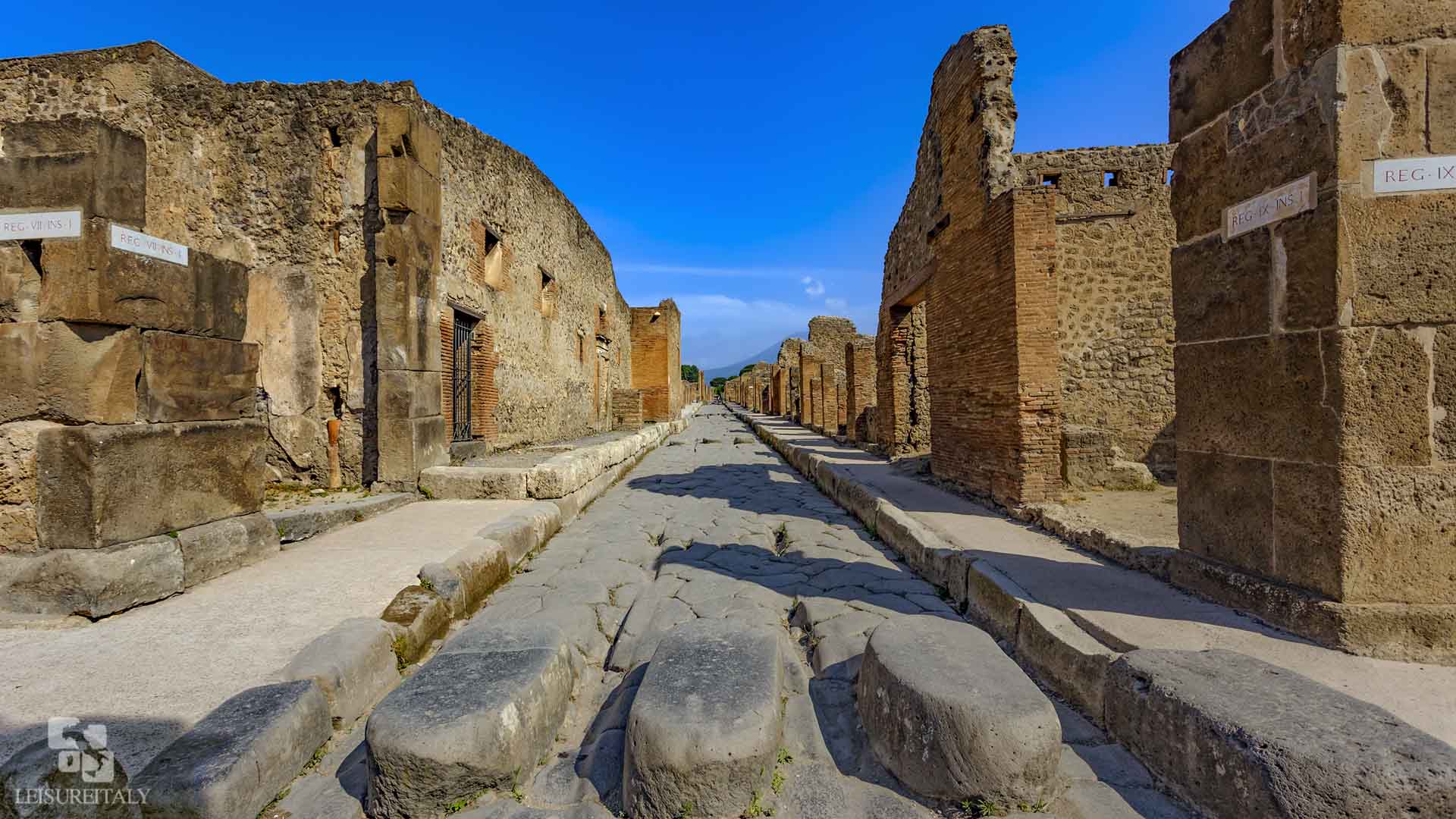
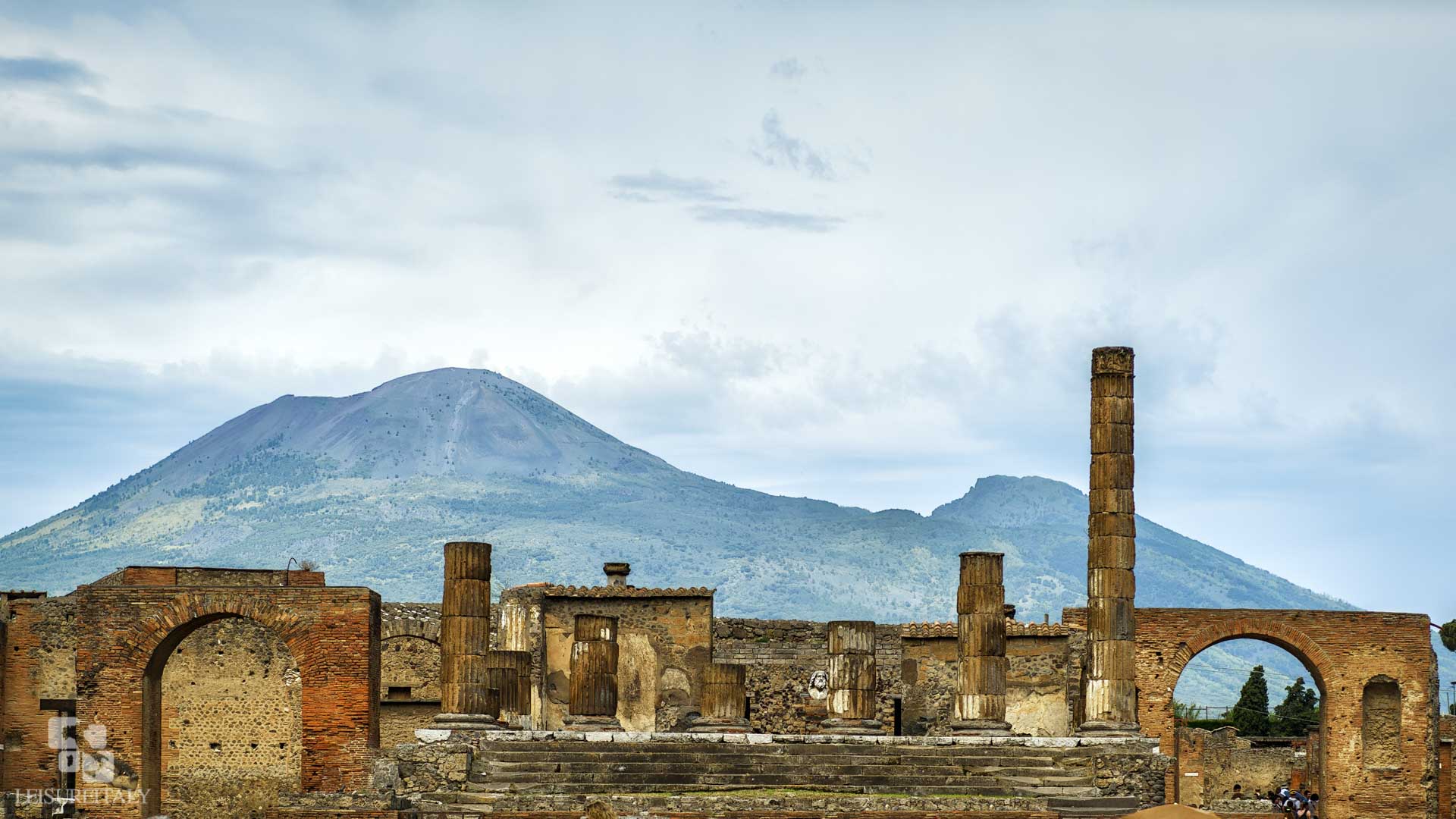
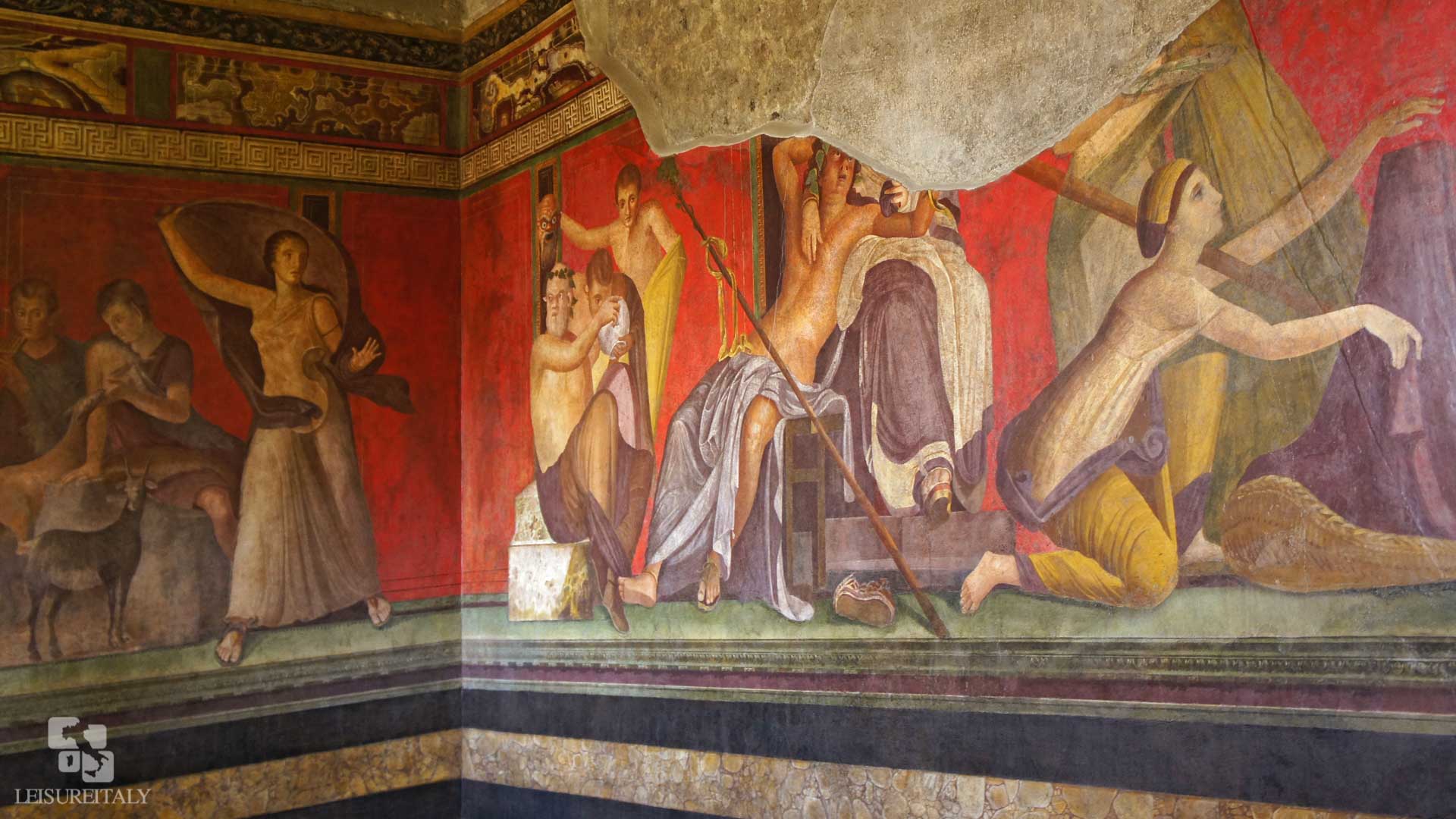
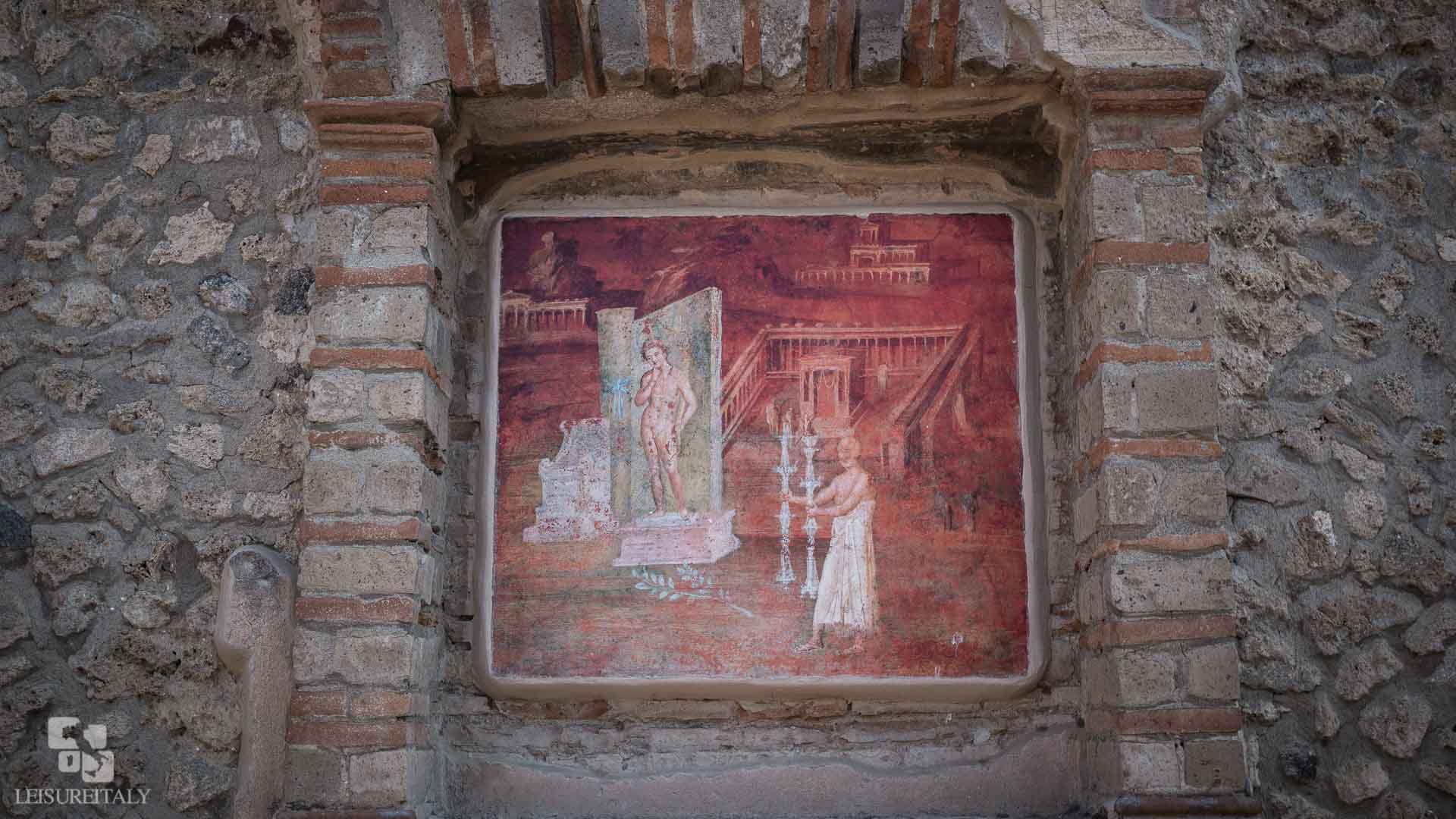
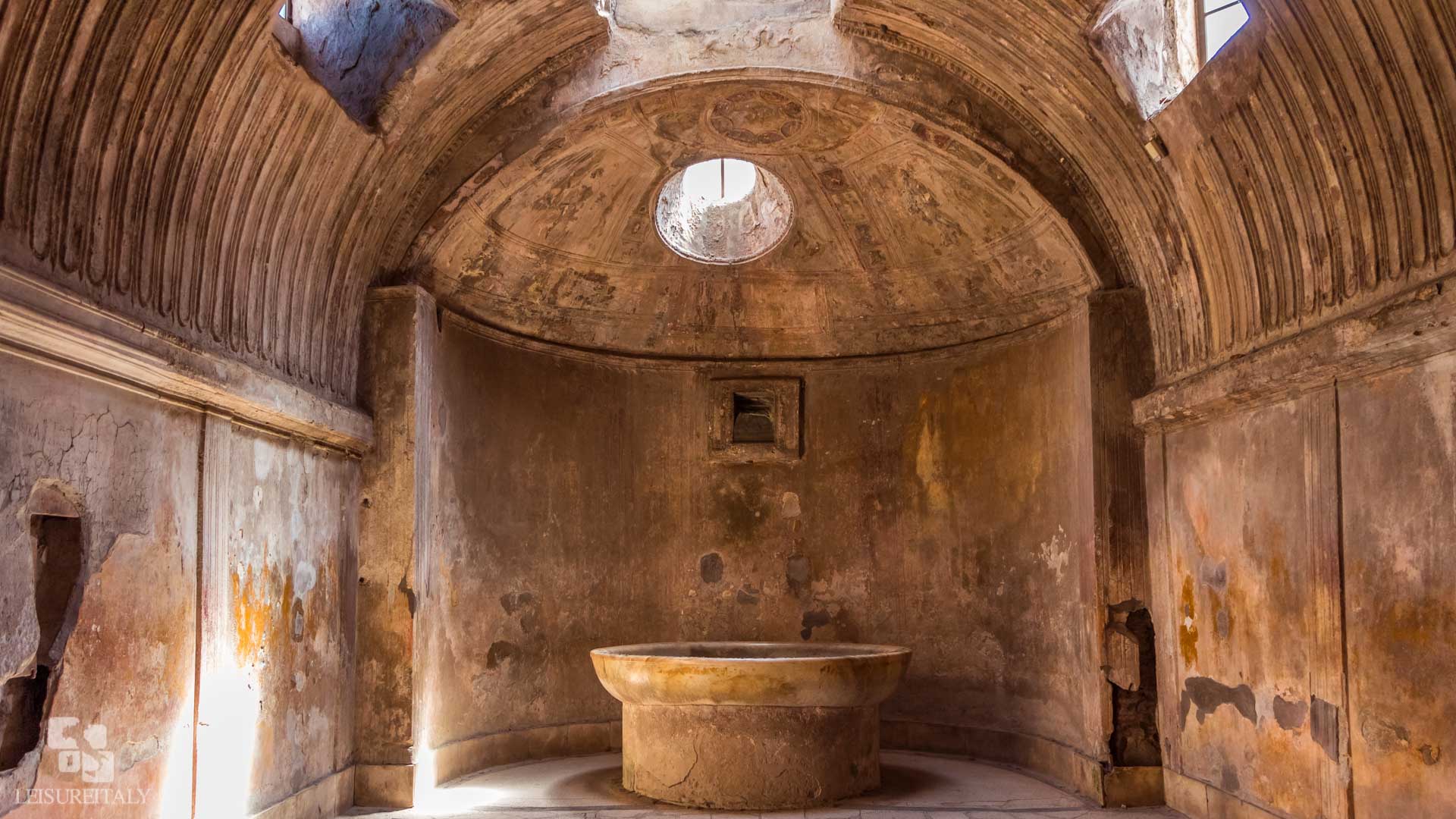
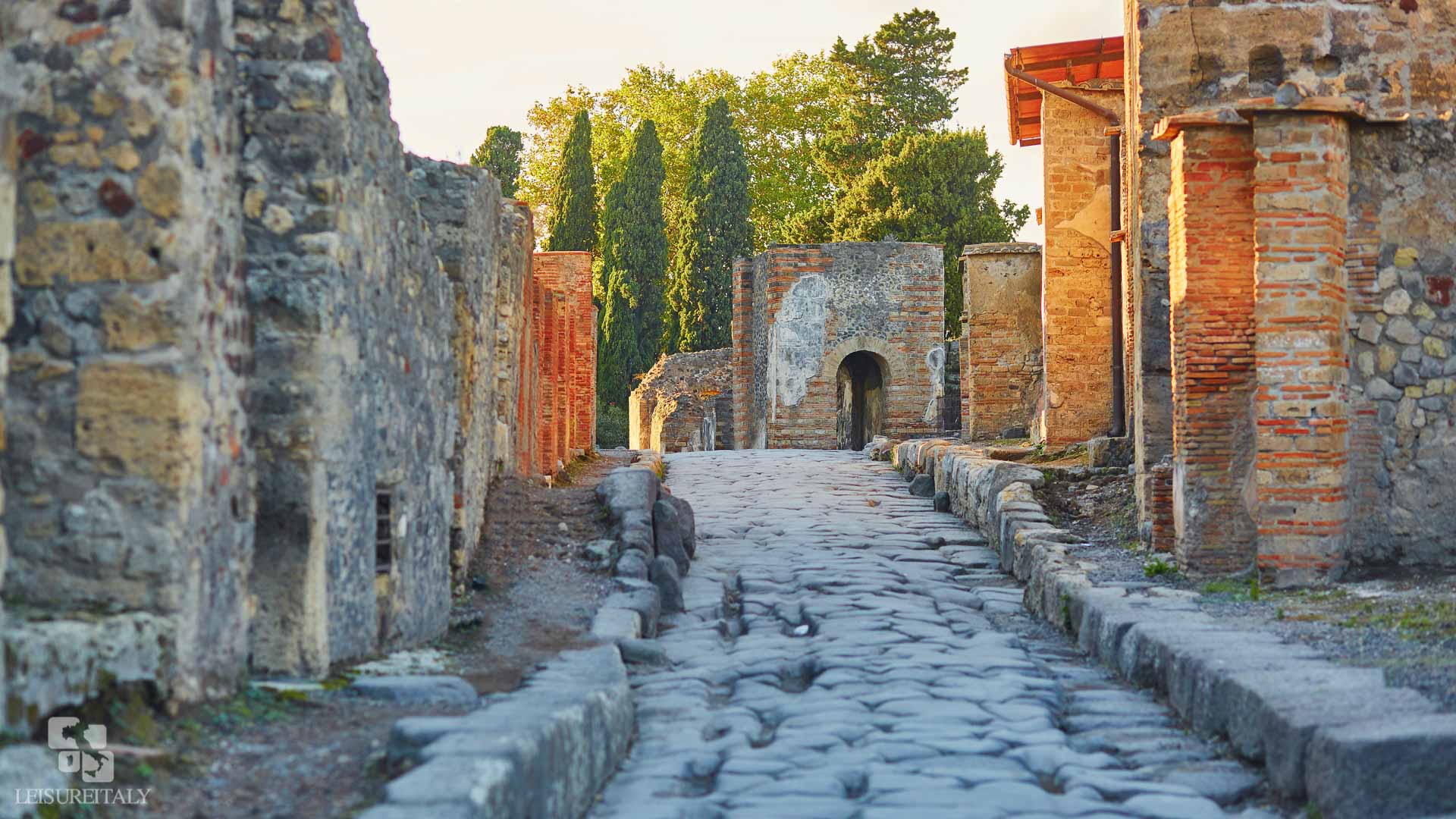
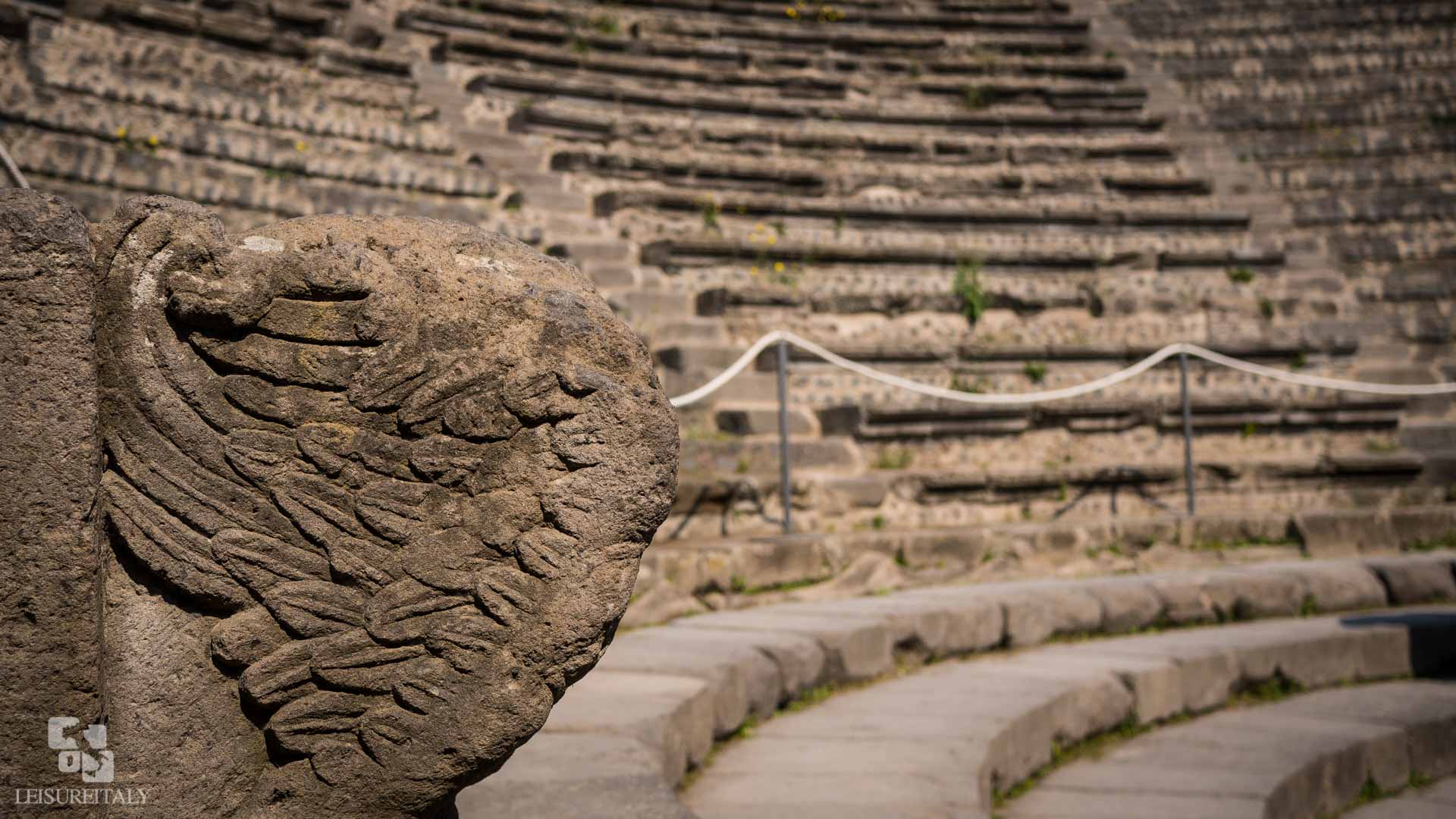
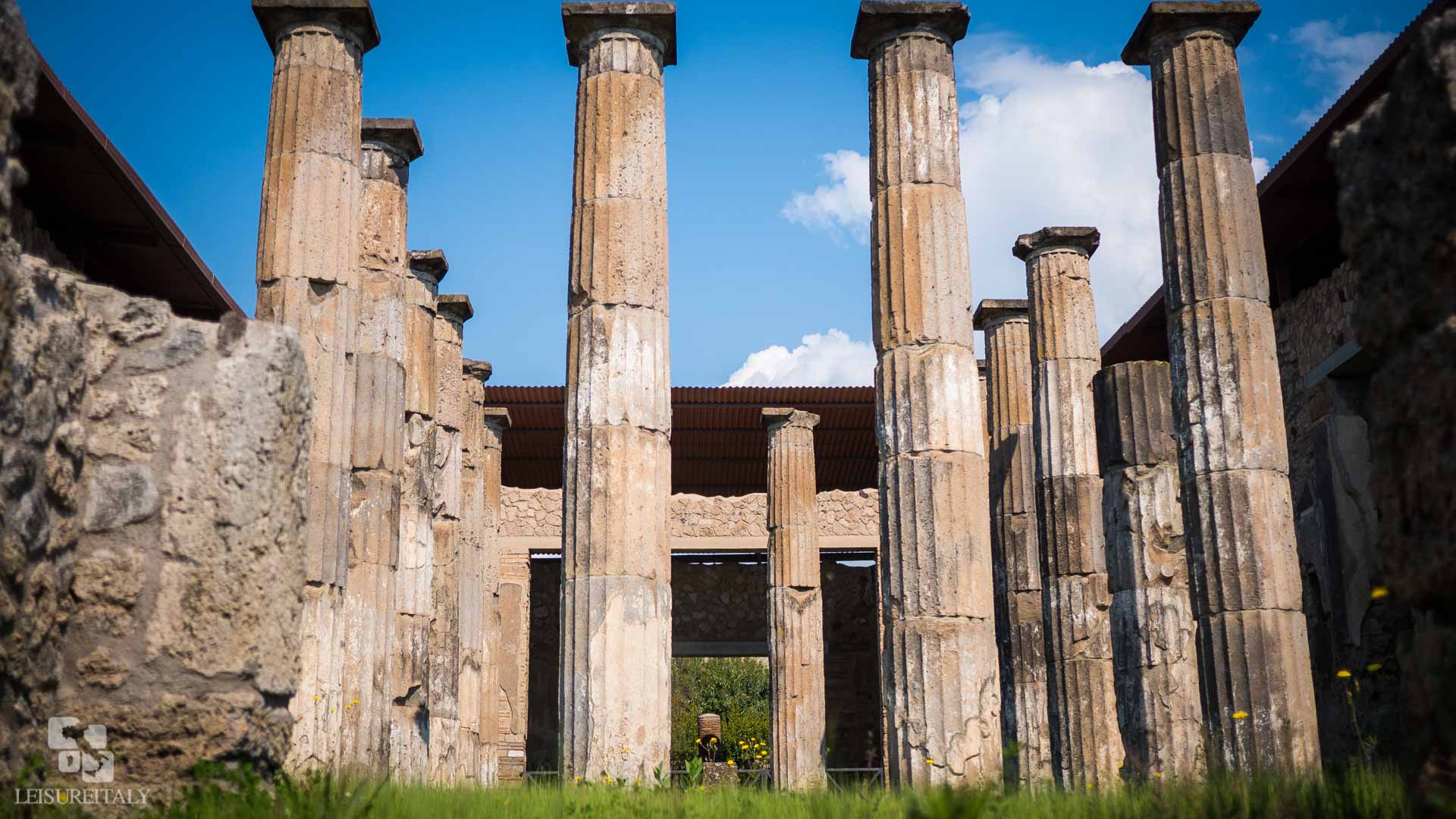
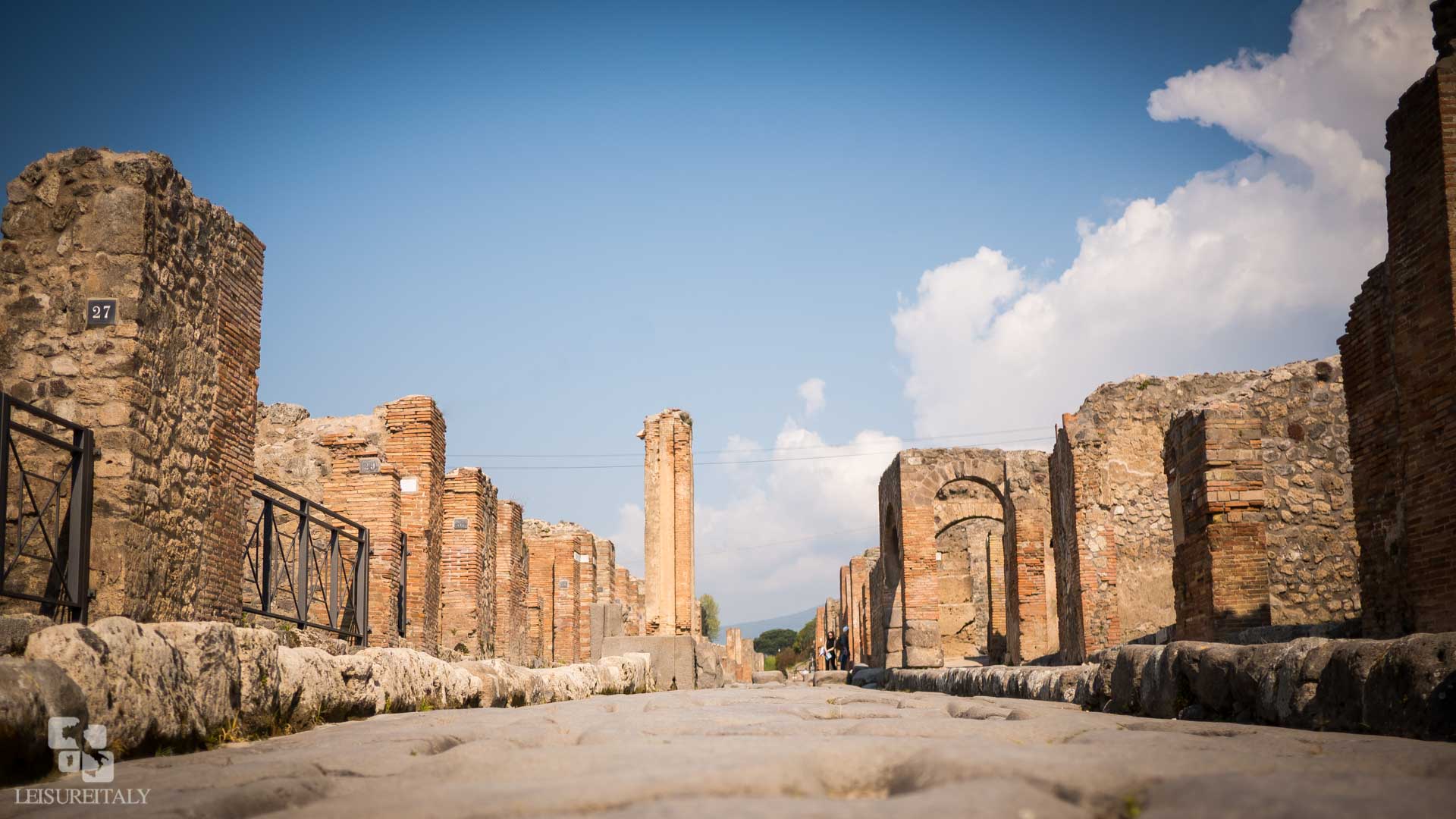
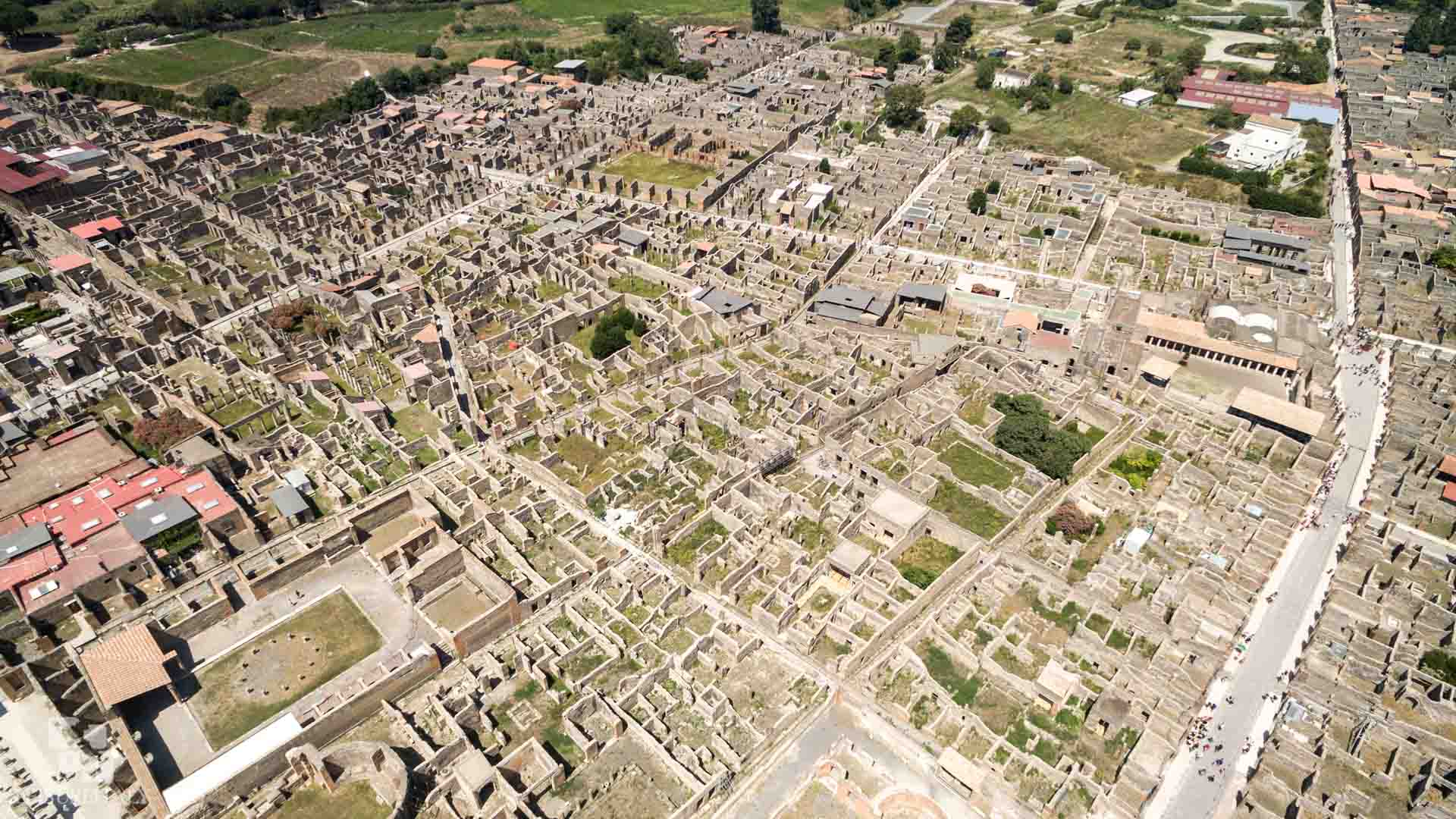
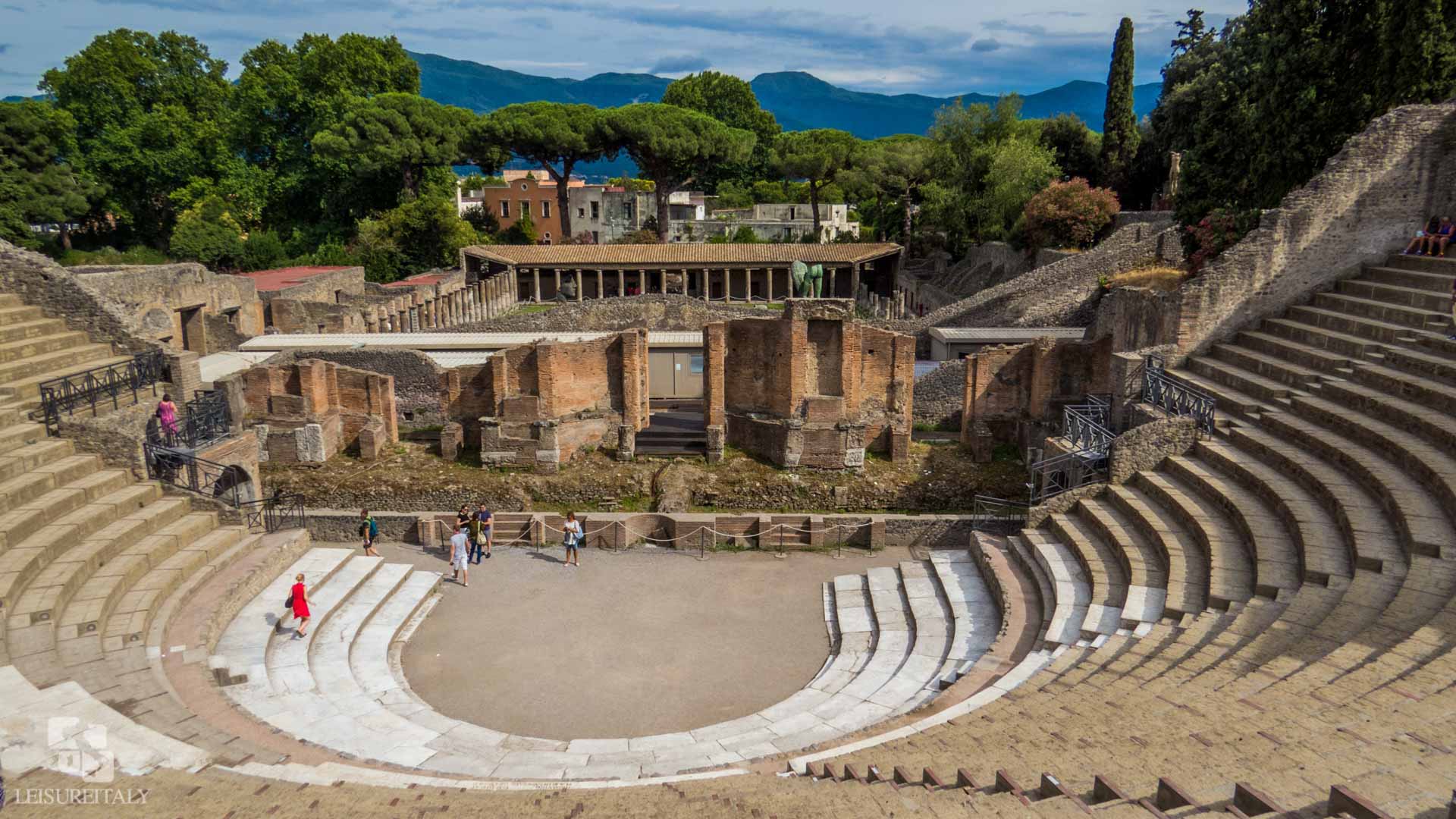
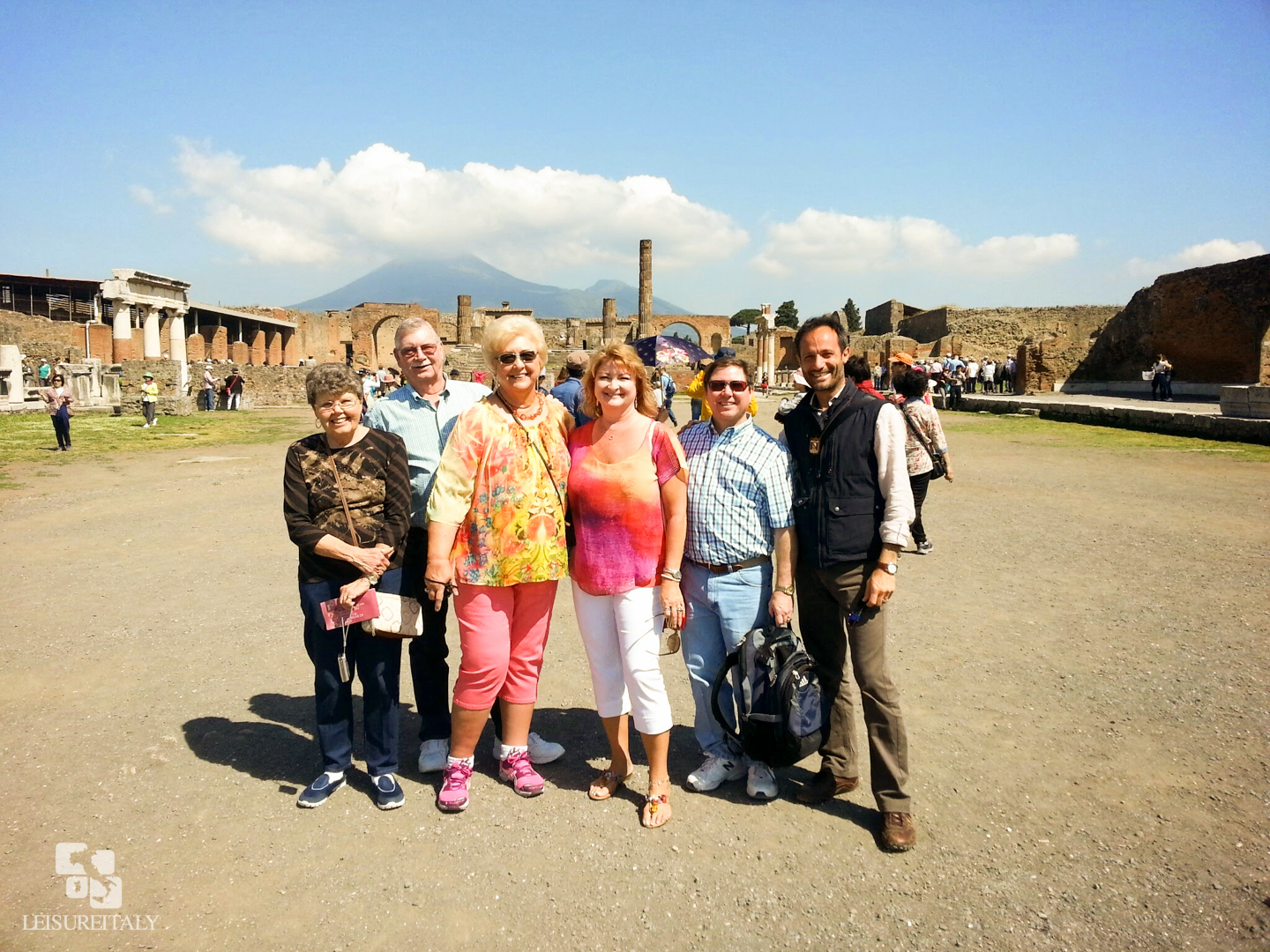
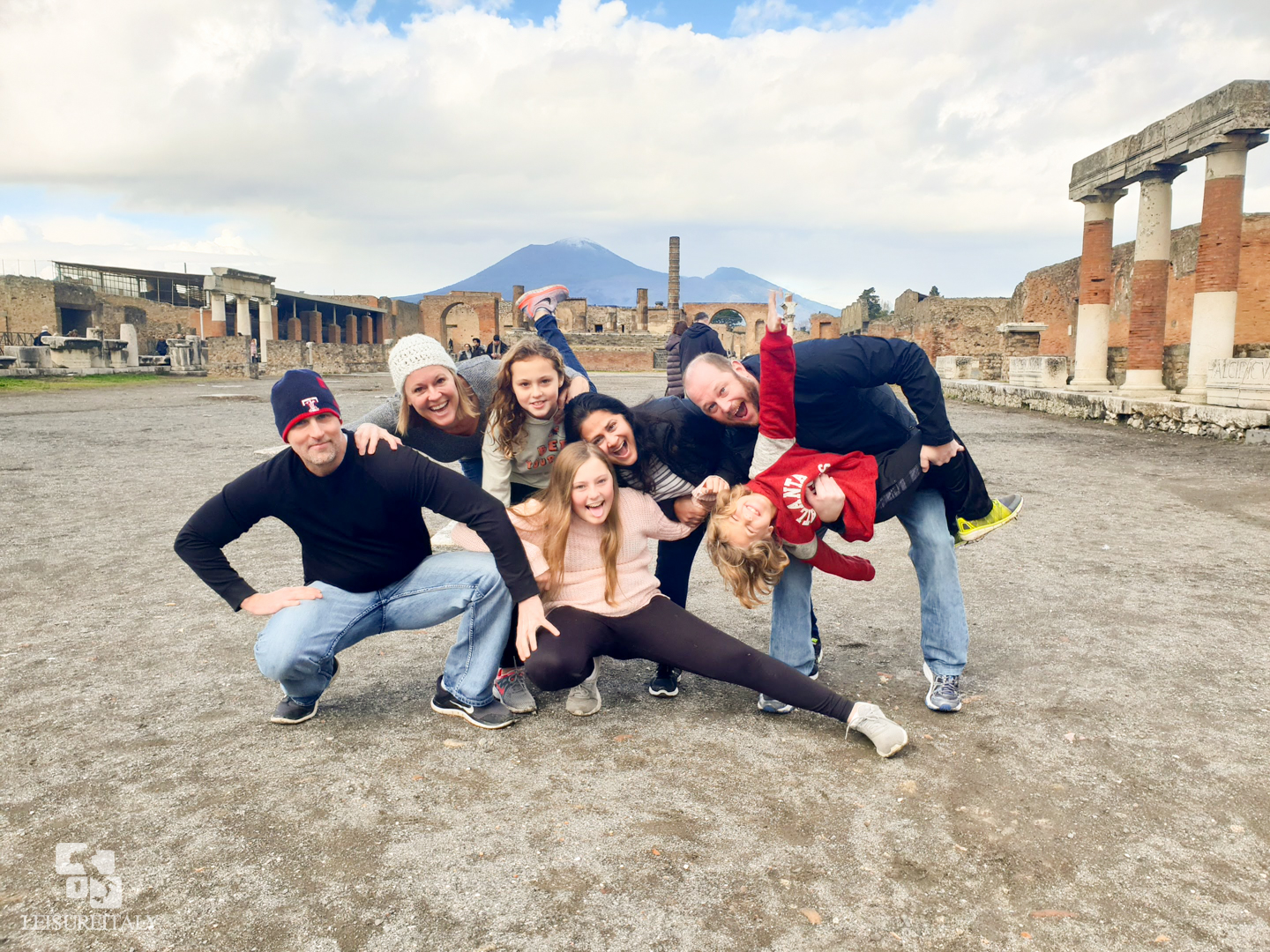
Tour Reviews
My wife and I had an amazing experience on our private tour of Pompeii with Fabrizio! We initially scheduled it for three hours but extended it to four! Fabrizio’s incredible knowledge on the history of Pompeii made the tour so enjoyable. Every place we stopped had a story! Thank you Fabrizio for making this visit one we will remember forever!
Fabrizio from Leisure Italy was excellent. From meeting us right at the gate at Naples Centrale to having bottled water for us in the comfy van. A quick tour of Naples and then four hours in Pompei. He took us to see everything of importance and then some.
He had deep knowledge of the archeology of the site, the history, and the artwork and was very conversational in the delivery(unlike others who just rattle off facts without pause).
There was no rushing, plenty of time for me to stop and ask what something was and then take lots of pictures.
The site is huge, and lots of uneven surfaces, so bring comfortable shoes.